As his fortune grows, so does online backlash — critics are calling out royal privilege, family drama, and financial double standards.
King Charles III’s personal wealth has seen a major boost in 2025, rising by £30 million (approximately $38 million) to an estimated £640 million — roughly $810 million.
The increase places him on par with former Prime Minister Rishi Sunak and his wife Akshata Murty, whose combined wealth is reportedly on the decline. The surge is largely linked to the Crown Estate’s soaring profits, particularly from new licenses granted for offshore wind farms.
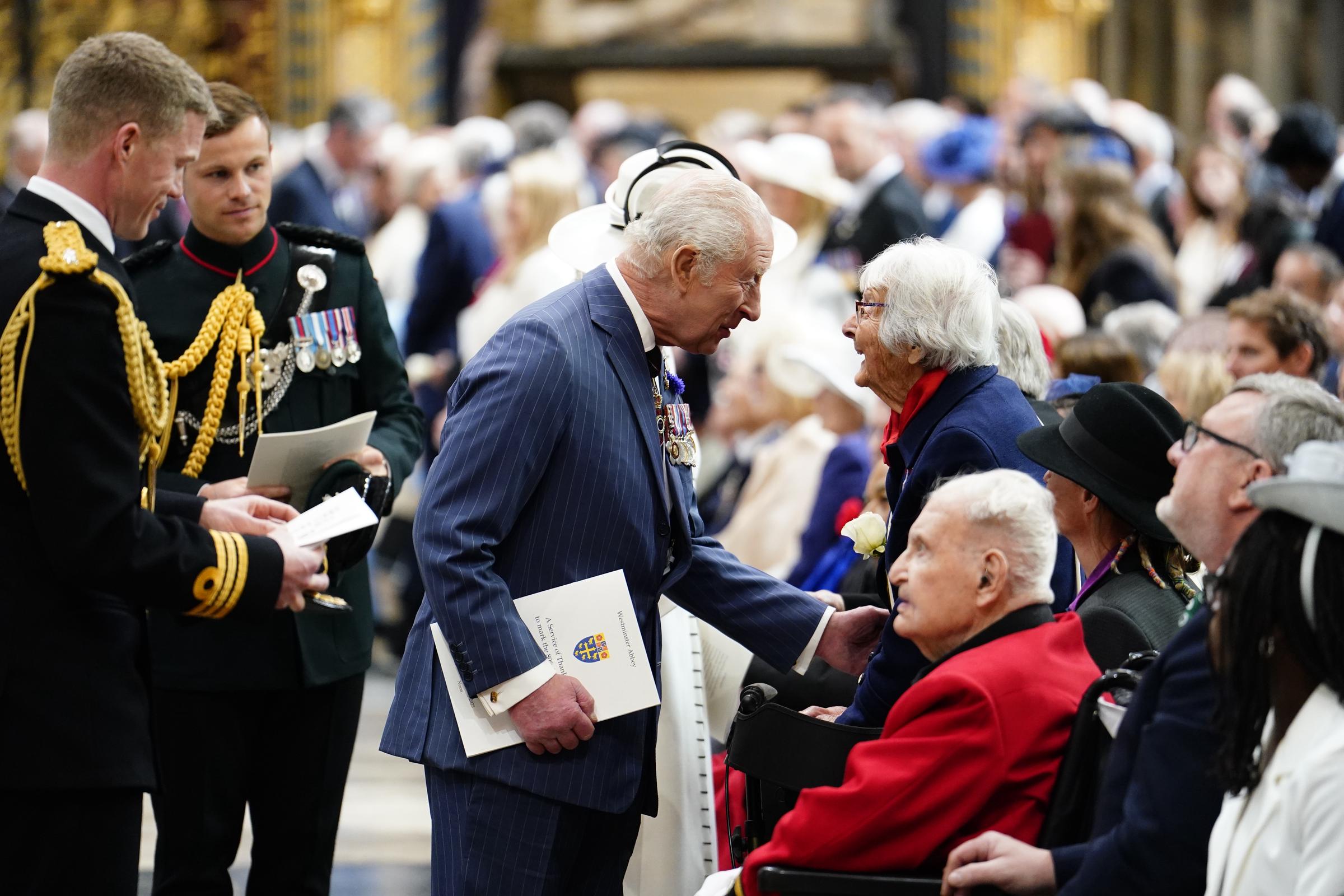
King Charles III speaking to a veteran at the end of the Service of Thanksgiving at Westminster Abbey on the 80th anniversary of VE Day in London, England, on May 8, 2025. | Source: Getty Images
While most royal assets are held in trust “in the right of the Crown” and are excluded from the King’s personal fortune, his private holdings — including the Balmoral and Sandringham estates and a sizeable investment portfolio inherited from Queen Elizabeth II — make up the core of his wealth.
Thanks to the performance of the investment portfolio His Majesty inherited from the late Queen Elizabeth II, recent estimates place his net worth at £270 million (approximately $343 million) more than his mother, whose fortune was reported to be around £370 million (about $470 million) in 2022.
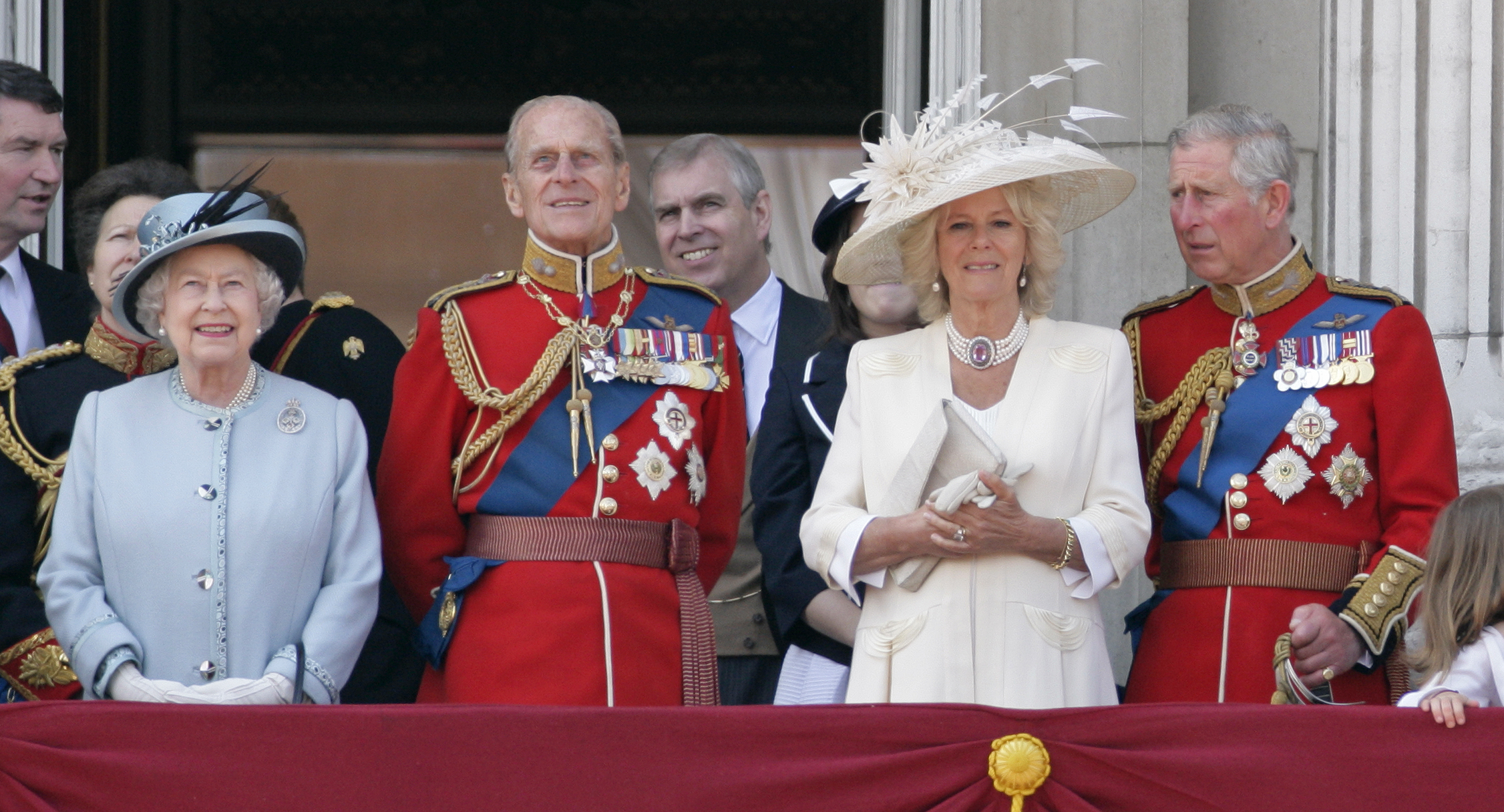
Queen Elizabeth II, Prince Philip, Duke of Edinburgh, Queen Camilla (then Duchess of Cornwall), and King Charles III (then Prince of Wales) stand on the balcony of Buckingham Palace after the Trooping the Colour Parade on June 11, 2011, in London, England. | Source: Getty Images
Notably, King Charles III was not required to pay inheritance tax on the assets passed down to him due to a long-standing exemption granted to sovereign-to-sovereign transfers. Without that privilege, the estate would have faced a 40 percent tax on assets exceeding a specific threshold.
The announcement sparked strong reactions online. One netizen commented, “A fortune he didn’t actually earn,” while another criticized, “That’s obscene nothing but a shower of Grifters. Down with the Crown.”
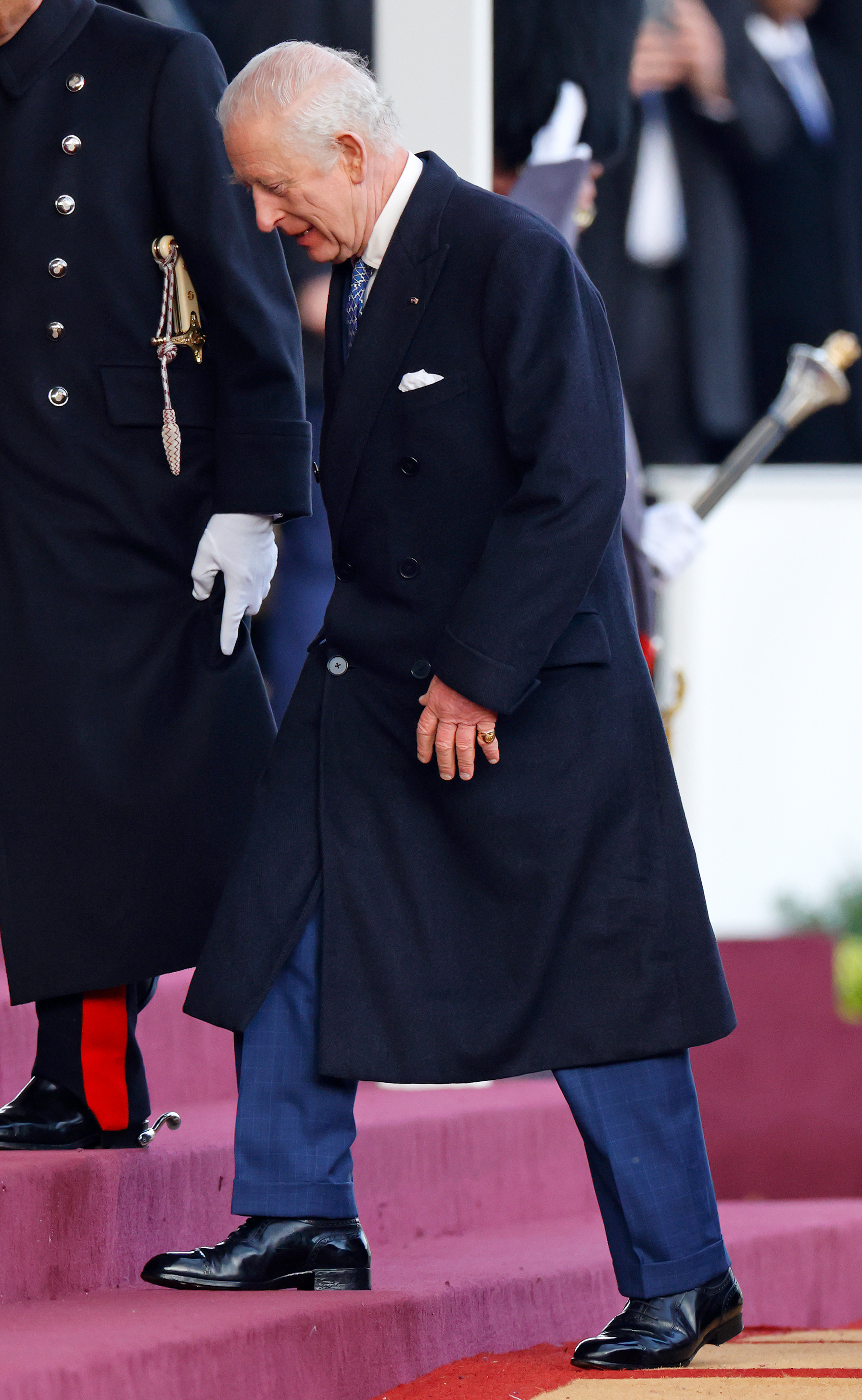
King Charles III at the Ceremonial Welcome at Horse Guards Parade for the The Amir of the State of Qatar on day one of his State Visit to the United Kingdom on December 3, 2024, in London, England. | Source: Getty Images
Another person added, “And had the AUDACITY to say he couldn’t afford to pay for his sons wife (as employee for the crown) and grandchildren security but pays for his BROTHER to be tucked away in a castle the brother can’t even afford 🙄(you know the one 😏) [sic].”
A fourth wrote, “No wonder why Harry is desperate to make amends with his father after he publicly bashed him 😂” while a fifth added, “He could do so much good with that money, but he’s stingy. He could even pay for security to see Harry, Meaghan and his grandchildren. POS.”

King Charles III at the Royal Windsor Horse Show at Windsor Castle in Berkshire, England, on May 17, 2025. | Source: Getty Images
Others took a more neutral stance, acknowledging that His Majesty is, after all, a king by birthright, while another expressed no personal objection to the wealth, simply commenting that he had “won the birth lottery” and suggesting that it came with the territory.
Another netizen shared, “Interesting to see how the royal finances evolve over time. I wonder what factors contributed to the increase.” Someone else expressed a similar sentiment, “Interesting to see King Charles’ net worth on the rise. Always curious how royal finances change , especially with the changing role of the monarchy in modern times.”
As we reported in 2024, a collaborative effort by The Sunday Times and Channel 4’s “Dispatches” uncovered the full extent of King Charles III and Prince William’s real estate holdings. It also revealed how these assets generate substantial private income.
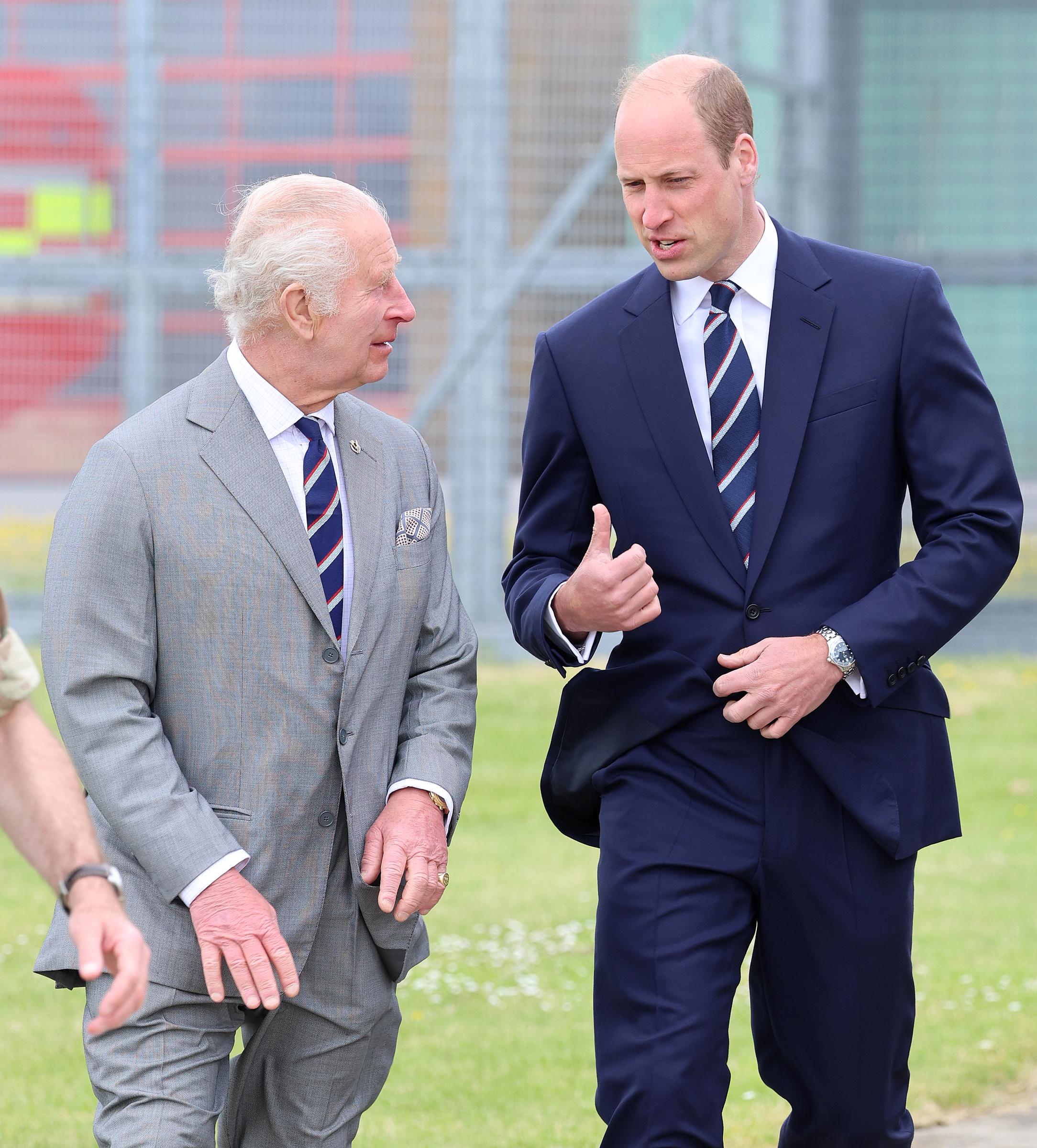
King Charles III and Prince William on May 13, 2024, in Stockbridge, Hampshire. | Source: Getty Images
This five-month-long investigation tracked the alleged business dealings behind the Duchy of Lancaster, managed by His Majesty, and the Duchy of Cornwall, under Prince William’s stewardship.
By leveraging royal addresses to trace contracts and land leases, they pieced together a portrait of what the sources claim is royal wealth sustained by commercial rents, exclusive land rights, and long-standing exemptions.
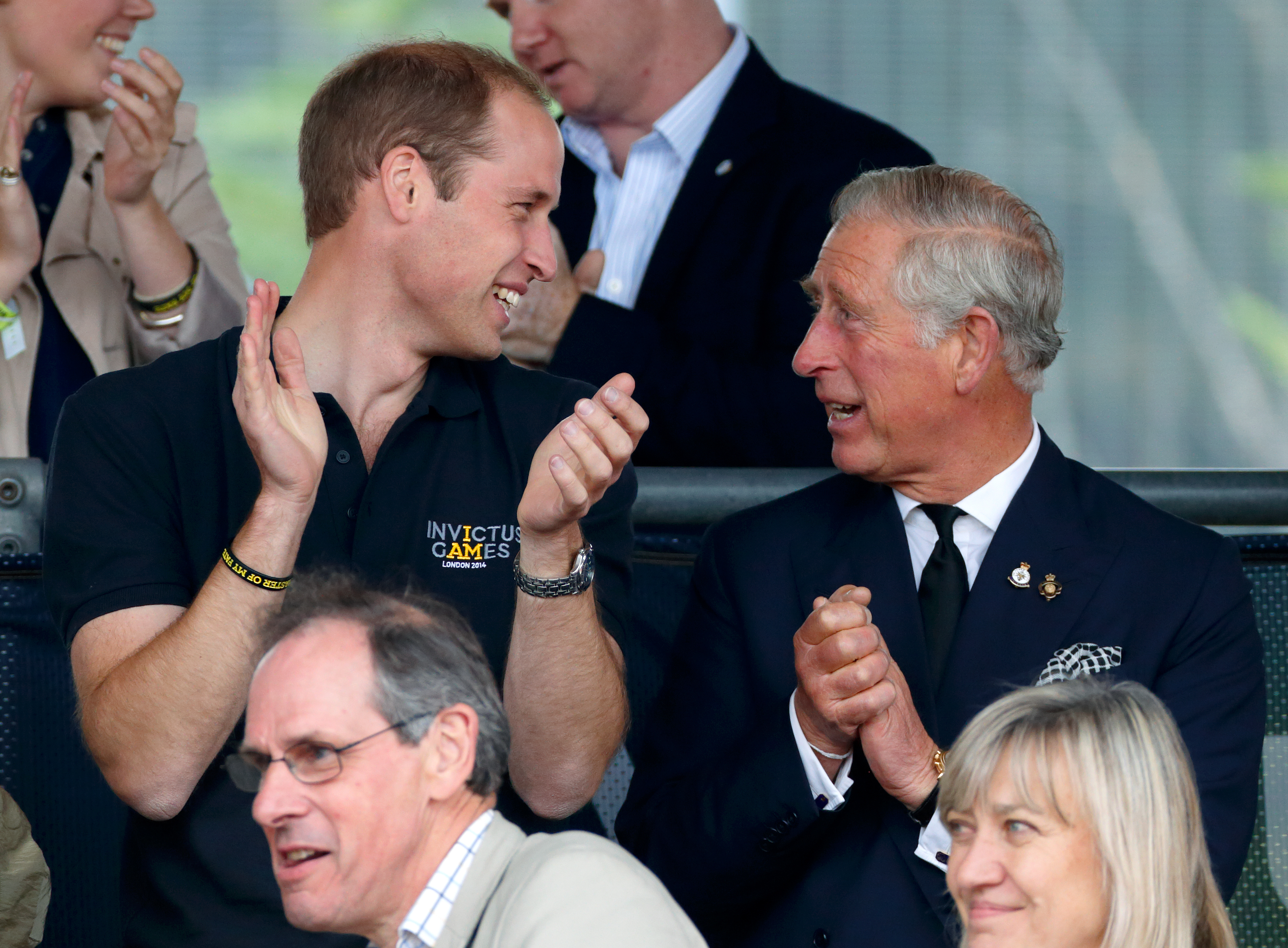
Prince William and King Charles III at the Invictus Games in London, England on September 11, 2014 | Source: Getty Images
The estates date back to medieval times when kings first claimed large stretches of land across Britain. Since then, the duchies have remained private property, held by the reigning monarch and heir, and are seemingly still earning millions today, long after they first came under royal control.
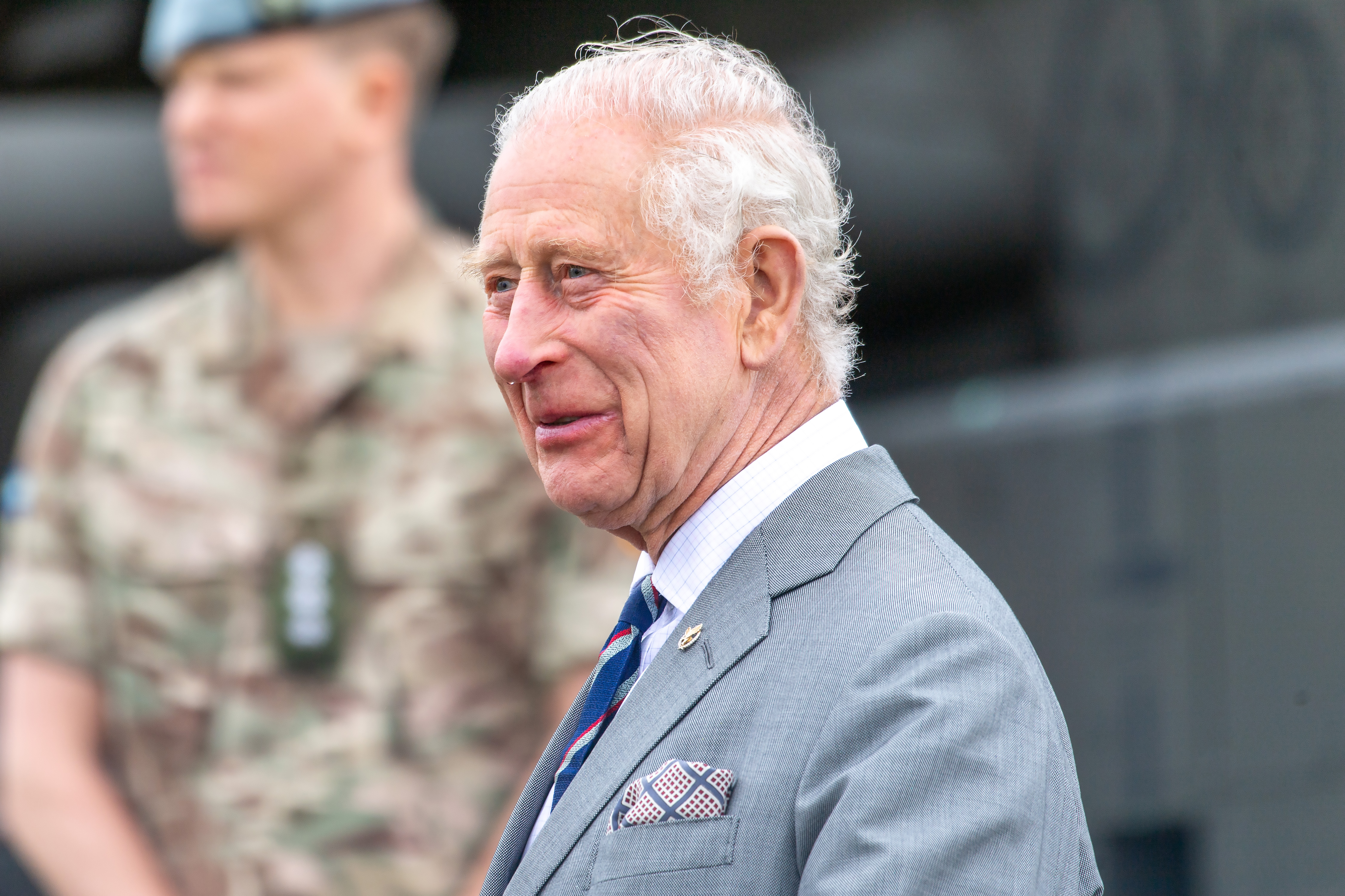
King Charles III at the Army Aviation Centre in Middle Wallop, Stockbridge, United Kingdom on May 13, 2024 | Source: Getty Images
Their exact size and value have been closely guarded secrets, with even Parliament having little access to the full details. The report claimed that both duchies act as commercial landlords, leasing land and property.
According to the sources, these estates have earned income from people, businesses, and public services that have used their land for years. They charge fees for things as varied as crossing rivers, parking cars, and even digging graves.
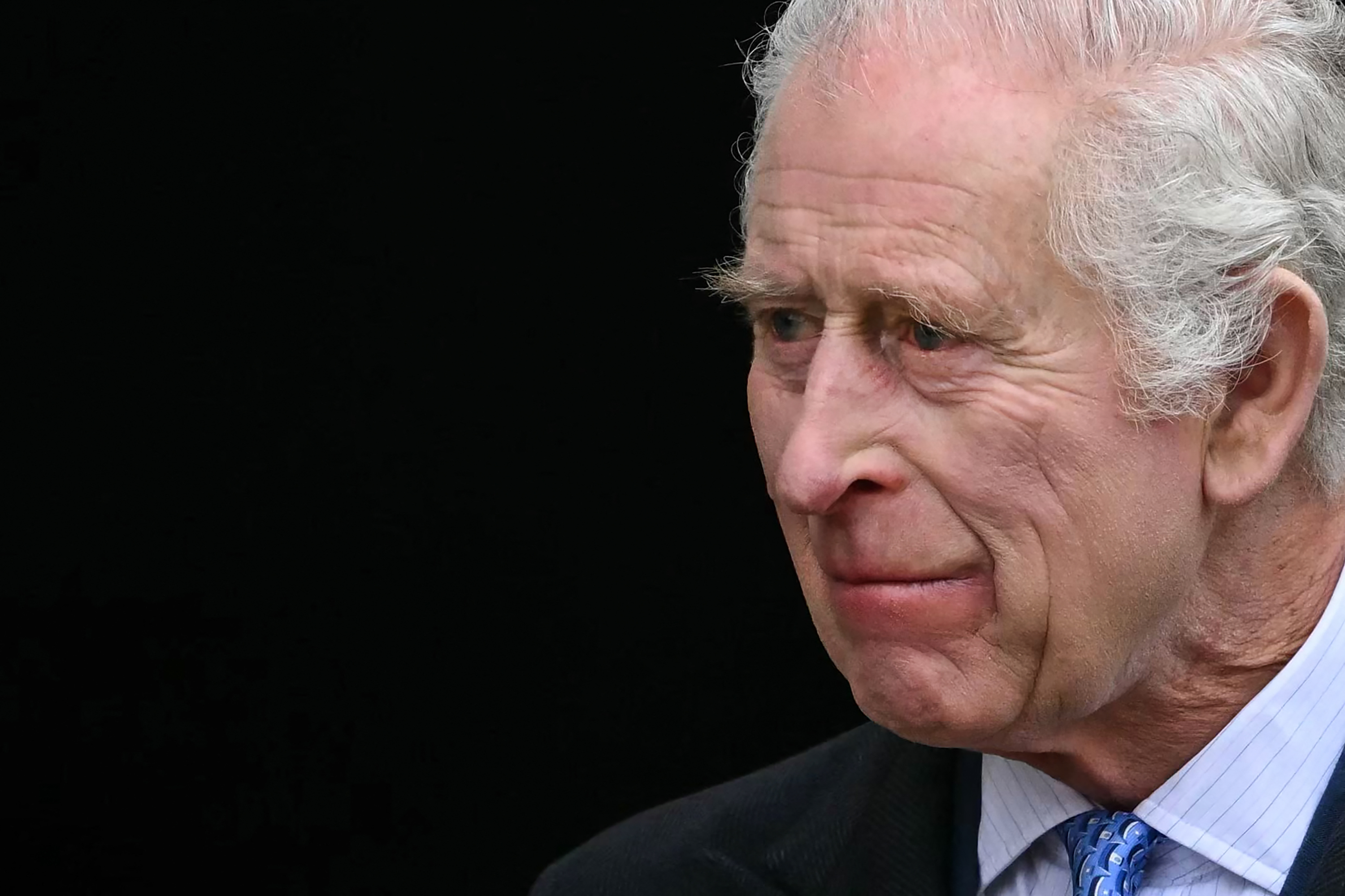
King Charles seen as he leaves St. George’s Chapel in Windsor Castle on March 31, 2024 | Source: Getty Images
The investigation claimed that these charges are all part of the way the duchies generate millions every year for the royal family, separate from the public funds allocated for official duties. The duchies collect revenue from both public and private entities.
The British government, for example, pays fees for using royal land for the army, navy, and public services like the NHS. One recent example involves the NHS, which reportedly agreed to pay the Duchy of Lancaster $14.2 million over the next 15 years to rent a warehouse for ambulances.
Similarly, Prince William’s Duchy of Cornwall is said to receive $1.94 million each year from the Ministry of Justice to allow the use of Dartmoor Prison. Beyond public services, the duchies also charge private companies, local councils, and even charities for access to royal land and resources.
This includes fees for infrastructure like toll bridges, ferry routes, and pipelines, and extends to everyday uses like parking lots and wind turbines. These charges, as per the report, help make the royal family one of the largest private landowners in Britain, generating substantial income separate from taxpayer-funded support.
Additionally, the report claimed there is a special agreement with the Treasury, meaning that the duchies are exempt from paying corporate taxes on these profits, adding to the wealth King Charles III and Prince William receive from their vast property holdings. The Duchy of Lancaster and the Duchy of Cornwall both reportedly benefit from this tax agreement.
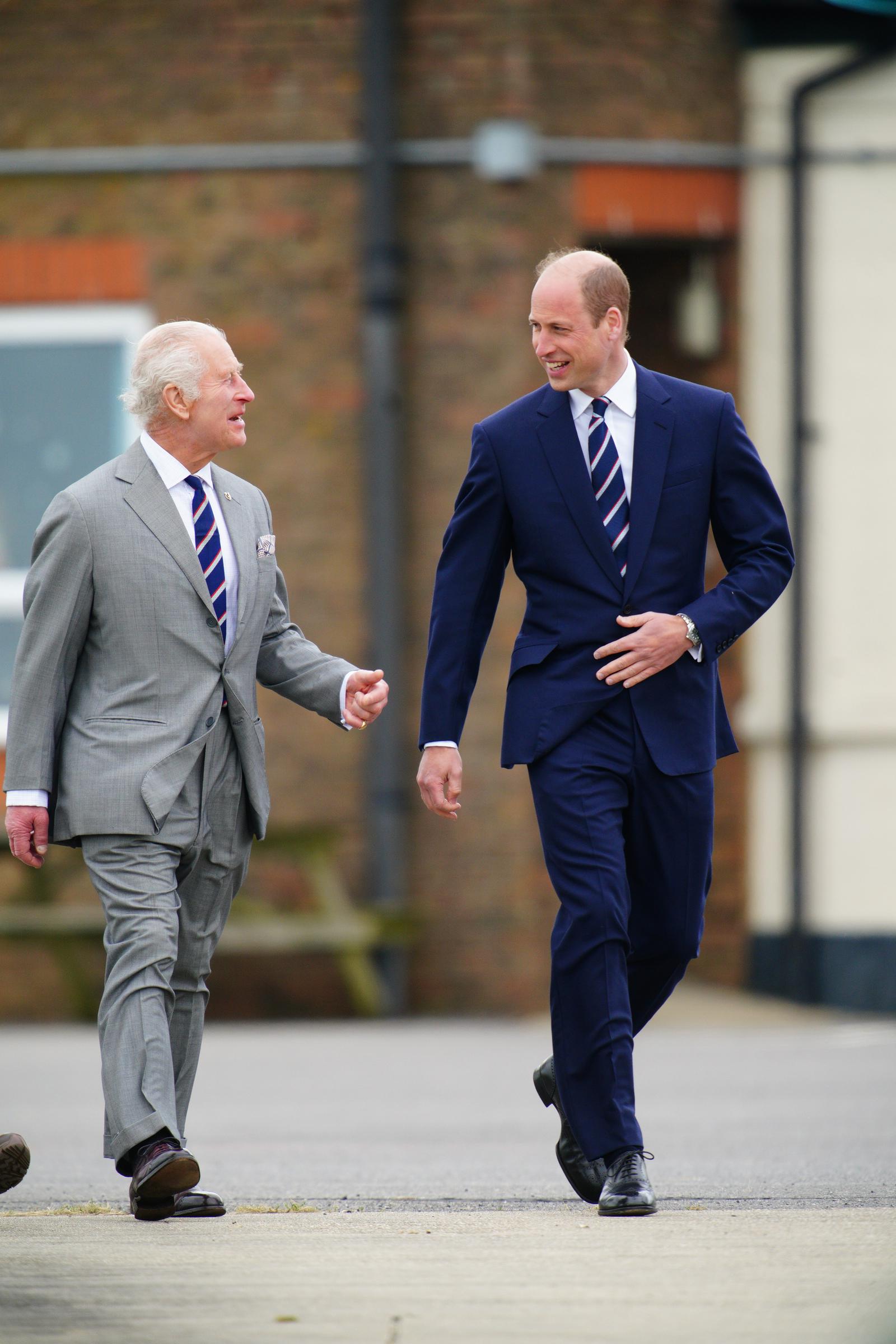
King Charles III and the Prince of Wales arrive for a visit to the Army Aviation Centre at Middle Wallop, Hampshire, for the King to officially hand over the role of Colonel-in-Chief of the Army Air Corps to William, on May 13, 2024 | Source: Getty Images
This exemption allows His Majesty and his eldest son to keep a larger share of the profits generated by their estates. However, both royals have made efforts to show they contribute financially by voluntarily paying income tax on their duchy profits.
King Charles III, for instance, reportedly paid a 45 percent income tax on the profits he received from the Duchy of Lancaster in 2021-2022, totaling $7.6 million. However, he reduced his taxable income by claiming deductions for expenses he deemed necessary for official duties.
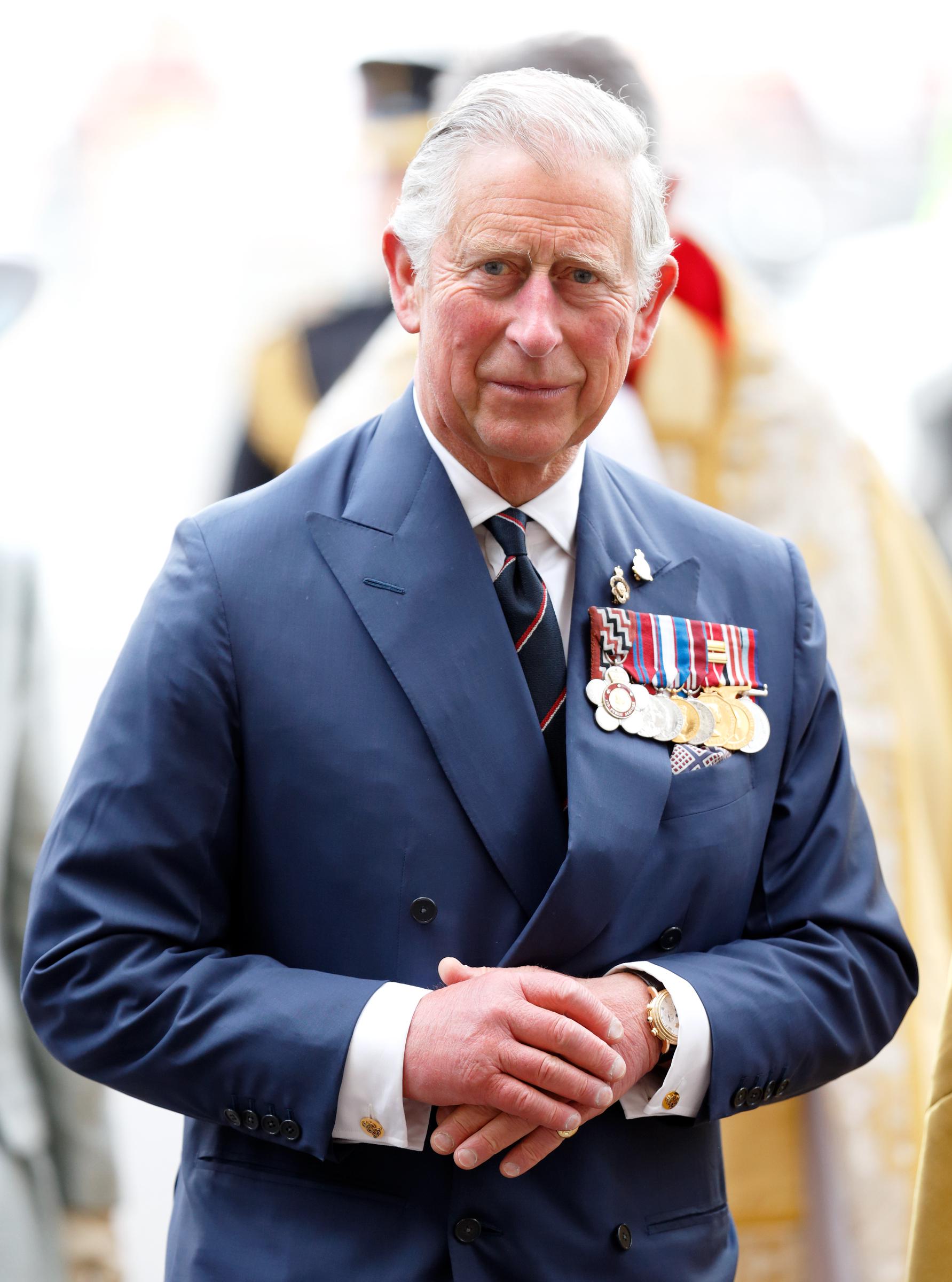
King Charles III on April 14, 2023, in Camberley, England | Source: Getty Images
Prince William reportedly follows the same tax approach, though he has not disclosed his tax contributions since inheriting the Duchy of Cornwall in 2022. This voluntary tax arrangement echoes a similar approach taken by Queen Elizabeth II, who also withheld details of her own taxes during her reign.
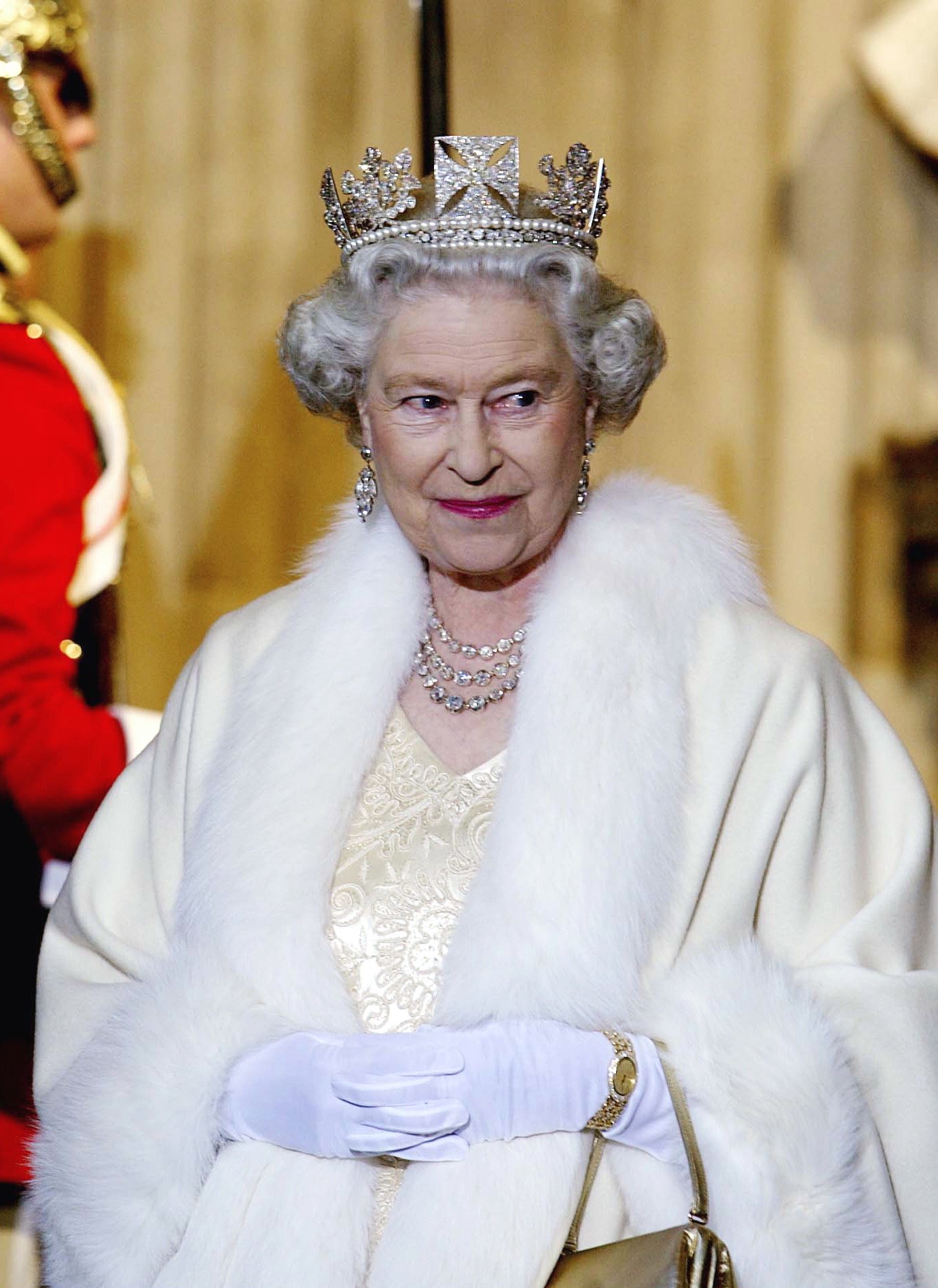
Queen Elizabeth II arrives at the Palace Of Westminster for the state opening of parliament in 1994 | Source: Getty Images
The report added that the Duchy of Lancaster and the Duchy of Cornwall are managed like commercial companies, with dedicated councils and executive teams overseeing daily operations.
While King Charles III and Prince William stay involved, especially in major decisions, the estates are run by professionals who handle property management, investments, and environmental initiatives.
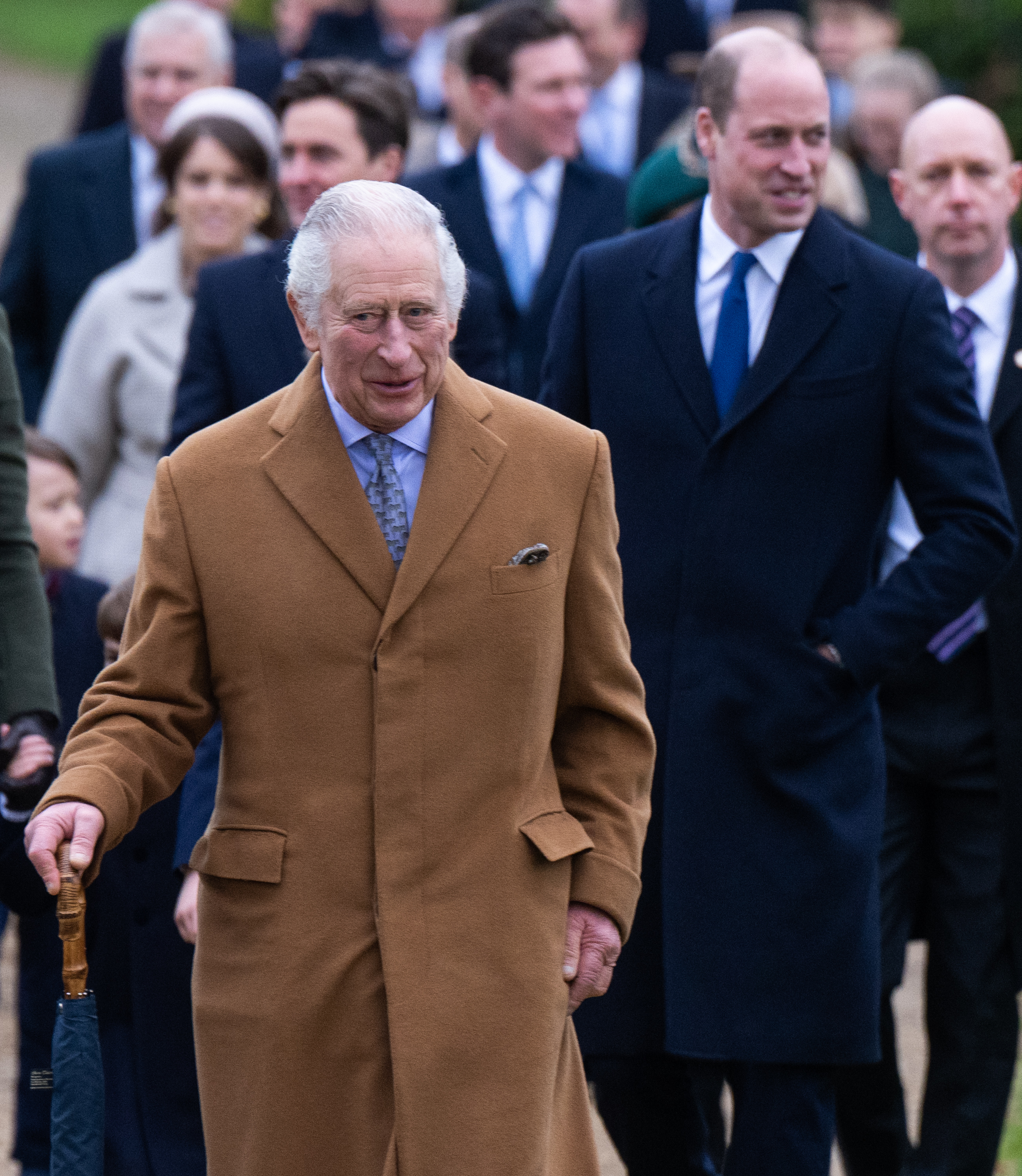
King Charles III and Prince William, Prince of Wales pictured on September 8, 2022 | Source: Getty Images
According to a spokesperson for the Duchy of Lancaster, the estate complies with all relevant UK laws. It has focused on environmental improvements, aiming to upgrade its properties for better energy efficiency.
Prince William has reportedly set ambitious goals for his estate. He announced a plan to make the Duchy of Cornwall net zero by 2032, emphasizing both environmental and social impacts.
Under his leadership, the duchy is said to have begun investing in mental health support for its tenants and partnering with local organizations to address issues like homelessness in Cornwall. In addition to new initiatives, the Prince has introduced changes in estate personnel.
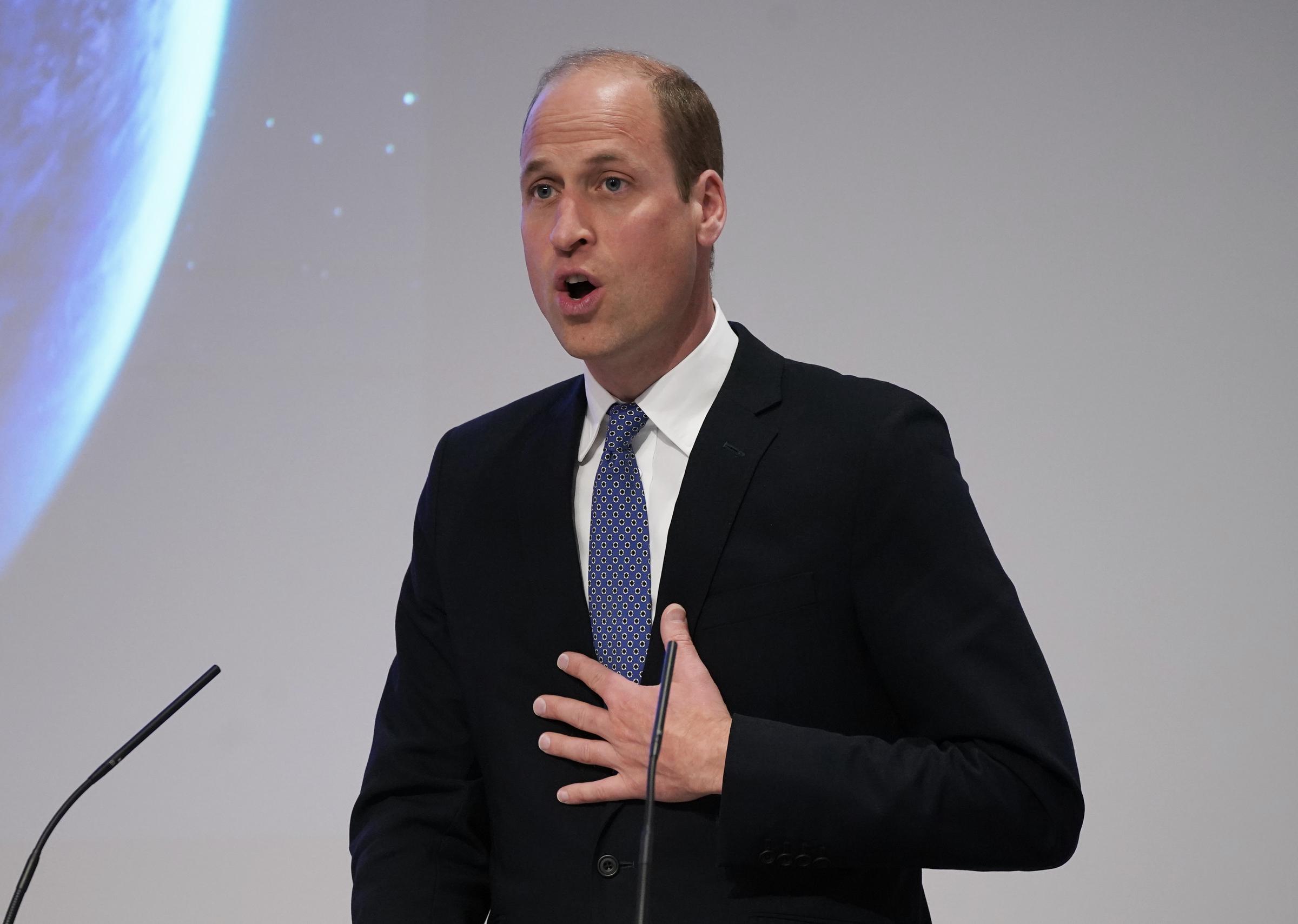
Prince William visits The Royal Society in London on May 16, 2024 | Source: Getty Images
Earlier in 2024, he removed Annabel Elliot, Queen Camilla’s sister and a longtime interior designer for the Duchy of Cornwall, from the estate’s payroll. This shift, along with other adjustments, reflected Prince William’s efforts to put his own stamp on the duchy’s management and align it with his vision for the future.
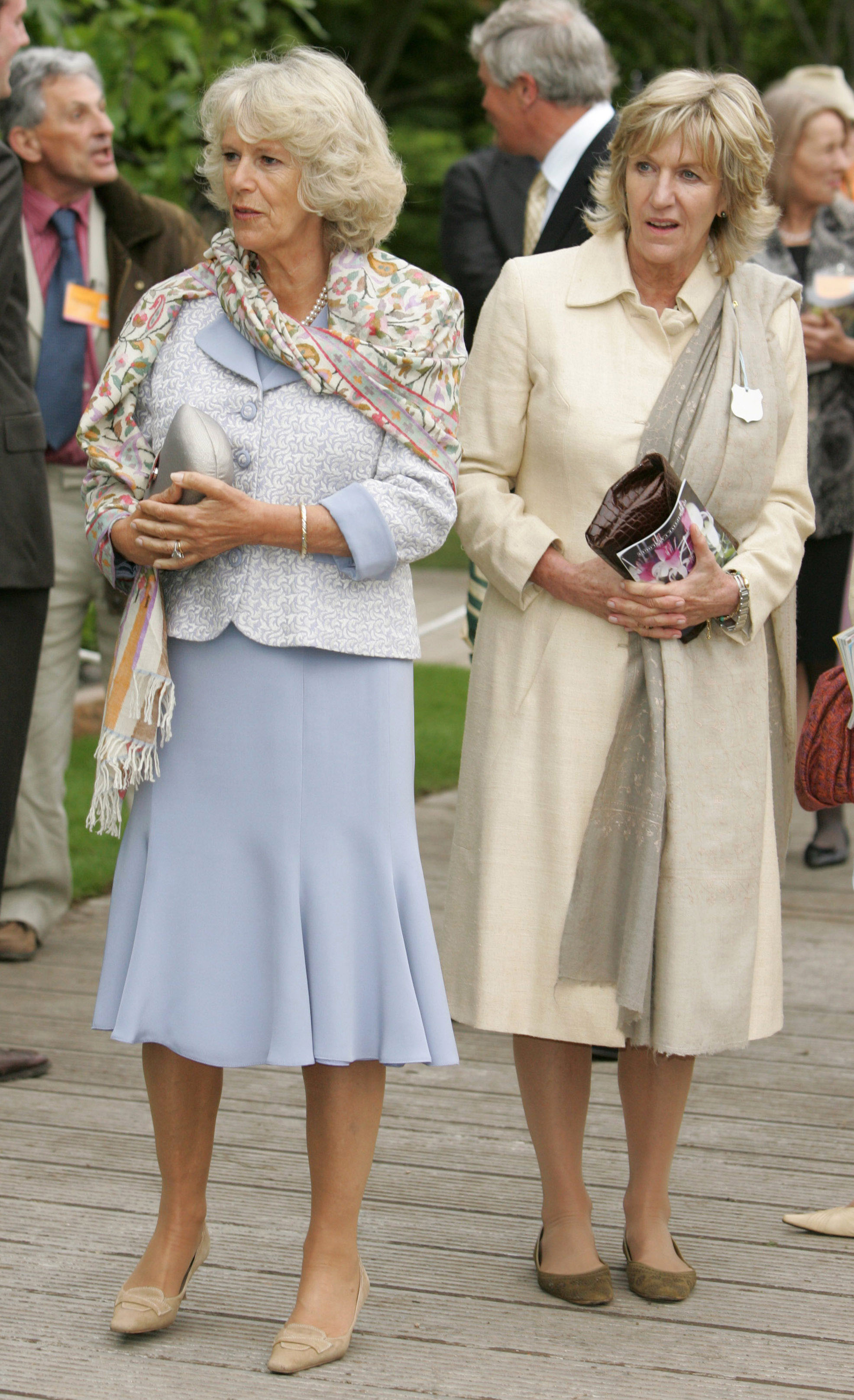
Queen Camilla and Annabel Elliot at the Chelsea Flower Show on May 21, 2007 | Source: Getty Images
Alongside Prince William’s changes, King Charles III has made impactful decisions within the family’s financial structure. In a notable move, he ended financial support for his brother, Prince Andrew, distancing him from the royal purse.
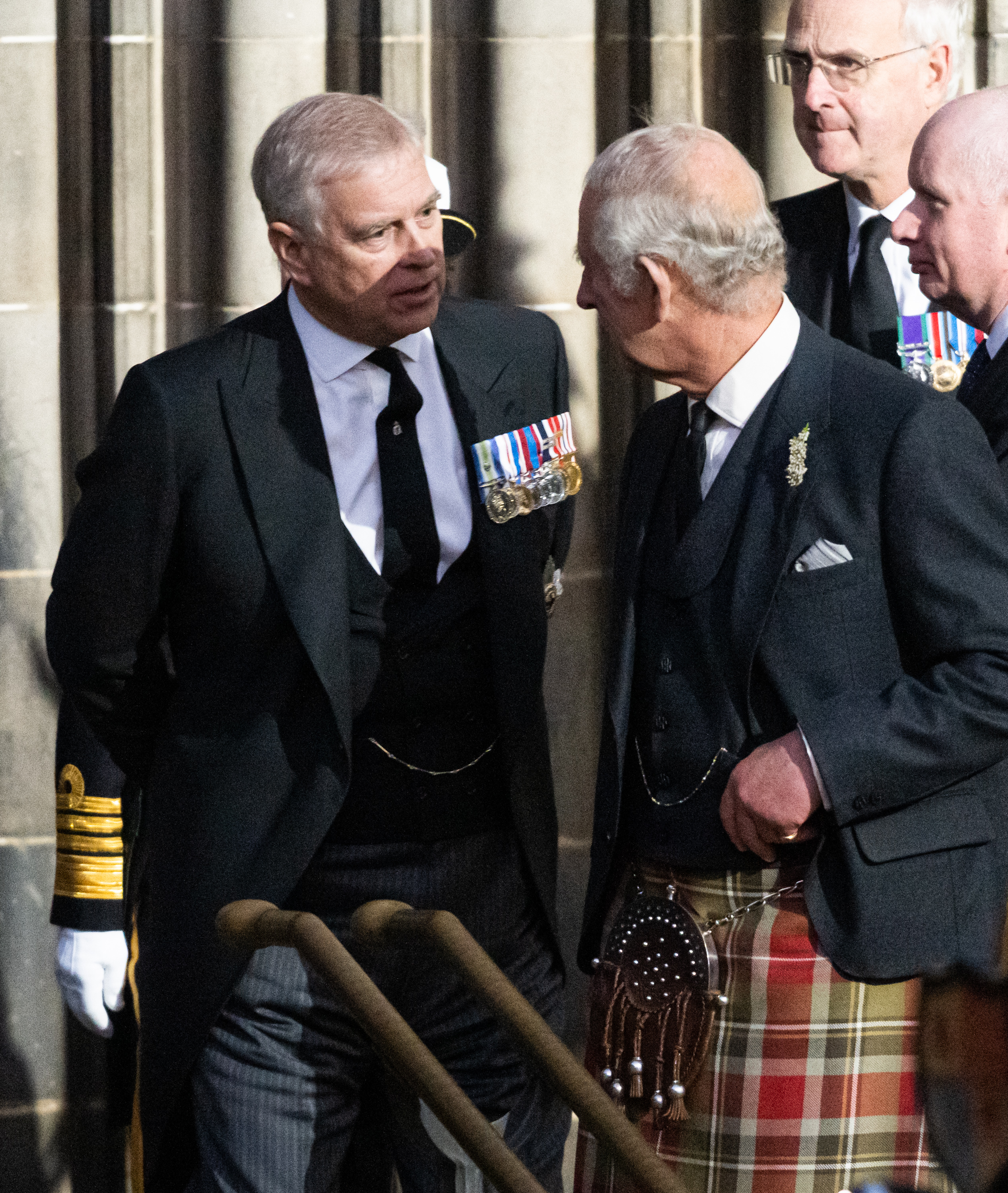
Prince Andrew, Duke of York and King Charles III on September 12, 2022, in Edinburgh, Scotland | Source: Getty Images
This decision underscored His Majesty’s intent to streamline royal finances, especially as he worked to present a more modern and financially independent monarchy. Together, these adjustments reflect a shift toward tighter control and accountability over the royals’ personal and public finances.
The investigation’s findings sparked a wide range of responses from the public, with social media platforms lighting up with mixed opinions on the royals’ income sources.
On Instagram, reactions included, “Karma is coming knocking at their palaces [sic],” and “The greed is real.” Some saw the charges as just a “typical landlord/tenant agreement,” brushing it off as standard practice.
Others also weighed in with divided opinions. Some expressed anger at the royals’ wealth, especially given the challenges facing many in the UK.
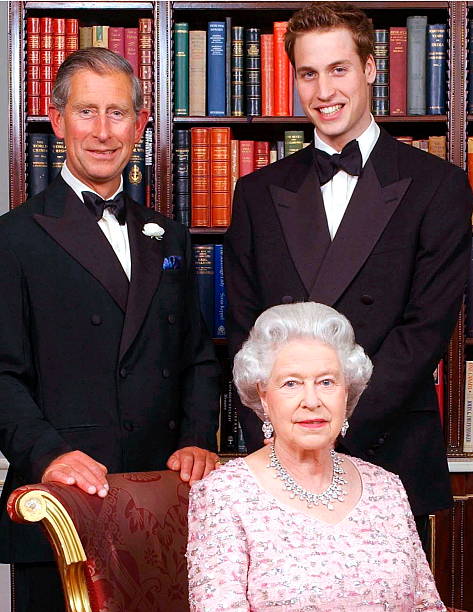
Queen Elizabeth II, Prince Charles, The Prince Of Wales, and Heir Prince William at Clarence House | Photo: Getty Images
One person wrote, “Disgusting; whilst many of our people, homeless & elderly, have to choose, food or warmth,” while another added, “Absolutely ridiculous…I have no respect for either of them.”
In contrast, some defended the royals’ approach, “Good for them. At least someone knows how to balance the books.” Another said, “It’s no different than any city that charges for all of the things mentioned,” while another remarked, “Good for them…not our business.”
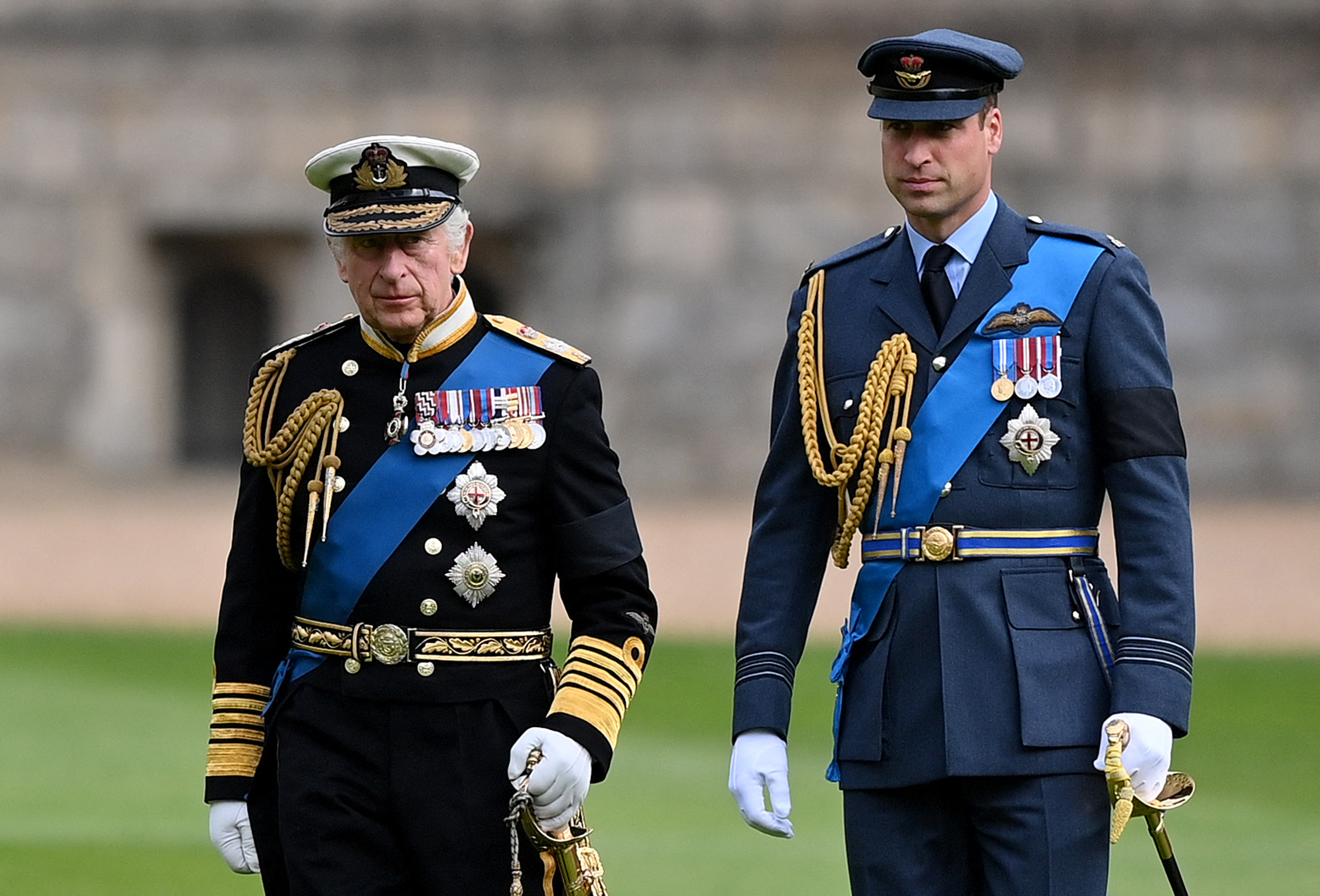
King Charles III and Prince William ahead of the Committal Service for the late Queen Elizabeth II in Windsor, England on September 19, 2022 | Source: Getty Images
For some, the royals’ alleged income sources showed they were running their estates just like any other business. For others, the proposed scale of their wealth raised questions about the monarchy’s place in modern society.


